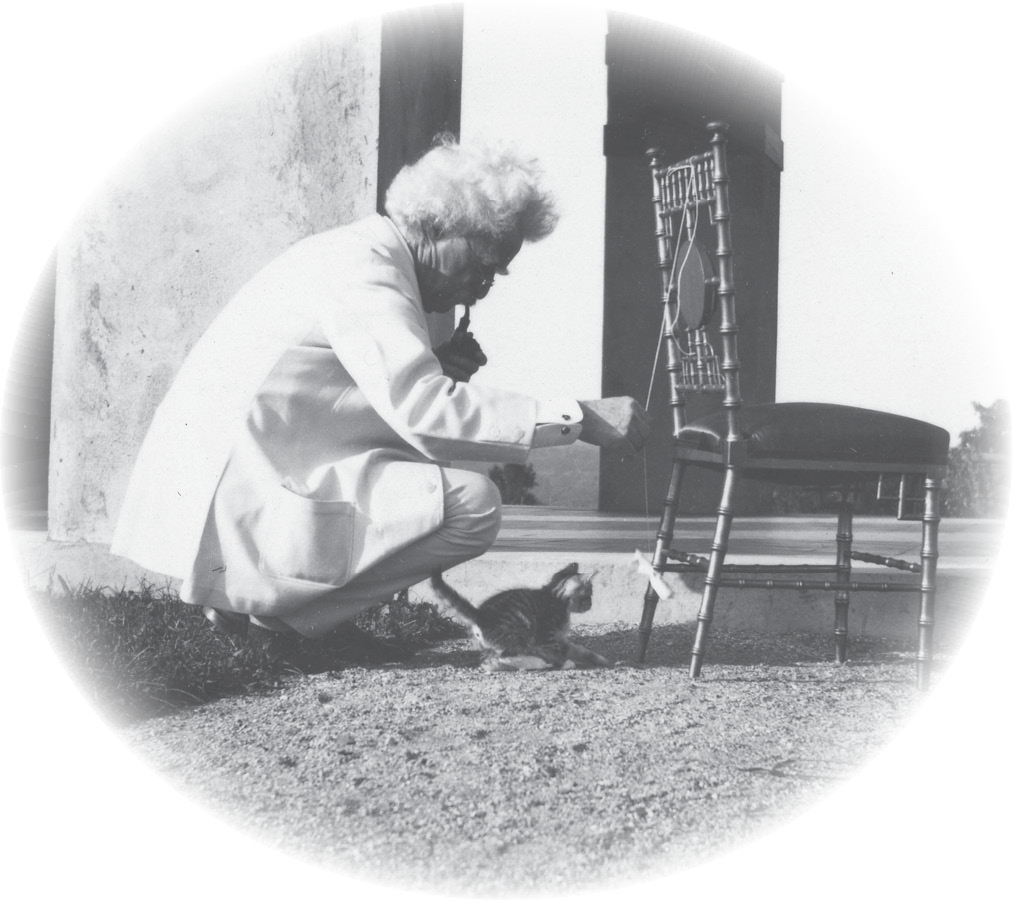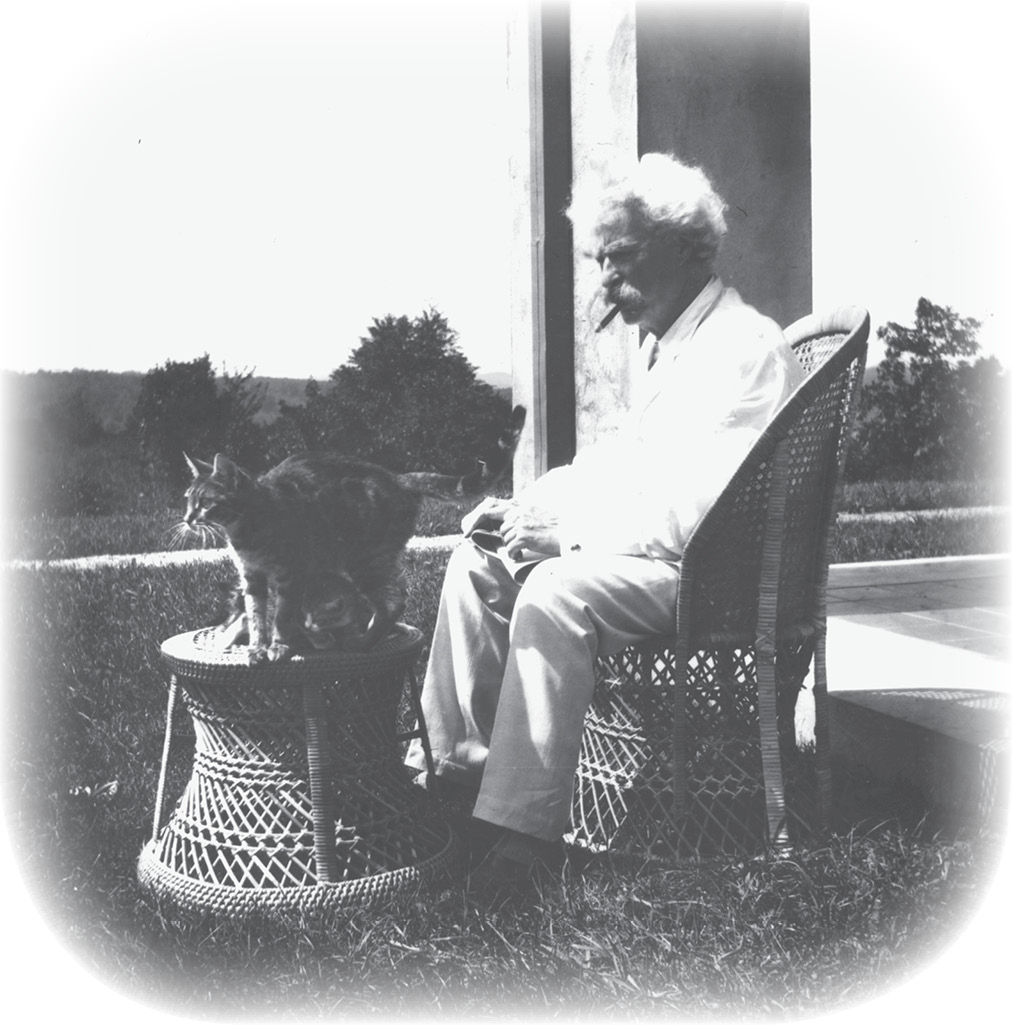Mark
Twain
Cat
Lovers
_2.jpg)
Mark Twain with close friend at his last home, Stormfield.
Photo courtesy: Kevin Mac Donnell
Mark Twain
Cat
Lovers
True and Imaginary Adventures
with Feline Friends
Edited by
Mark Dawidziak

Guilford, Connecticut

An imprint of Rowman & Littlefield
Distributed by NATIONAL BOOK NETWORK
Copyright 2016 Mark Dawidziak
A Cat-Tale, first published in Concerning Cats: Two Tales by Mark Twain (1959), edited by Frederick Anderson, then in Letters from the Earth (1962), edited by Bernard DeVoto, reprinted by permission of the Mark Twain Foundation.
Excerpt from No. 44, The Mysterious Stranger , by Mark Twain, edited by William M. Gibson, 1969, 1982, 2003 by the Mark Twain Foundation, and published by the University of California Press, by permission of the University of California Press.
Excerpt from The Refuge of the Derelicts, published by the University of California Press in Mark Twains Fables of Man , edited by John S. Tuckey, 1972 by the Mark Twain Foundation, by permission of the University of California Press.
Photographs and illustrations courtesy of: The Mark Twain Papers, The Bancroft Library, University of California, Berkeley; The Mark Twain House & Museum, Hartford, Connecticut; The Mark Twain Archive, Elmira College, Elmira, New York; The Chemung County Historical Society; Library of Congress, Prints and Photographs; The Mark Twain Journal ; the collection of R. Kent Rasmussen; and the collection of Kevin Mac Donnell.
All rights reserved . No part of this book may be reproduced in any form or by any electronic or mechanical means, including information storage and retrieval systems, without written permission from the publisher, except by a reviewer who may quote passages in a review.
British Library Cataloguing in Publication Information Available
Library of Congress Cataloging-in-Publication Data Available
ISBN 978-1-4930-1957-1 (cloth)
ISBN 978-1-4930-2709-5 (e-book)
 The paper used in this publication meets the minimum requirements of American National Standard for Information SciencesPermanence of Paper for Printed Library Materials, ANSI/NISO Z39.48-1992.
The paper used in this publication meets the minimum requirements of American National Standard for Information SciencesPermanence of Paper for Printed Library Materials, ANSI/NISO Z39.48-1992.
e
For Sara,
who has shared the love and the laughter, along with many Twain travels and the company of (so far) six cats
e
Photo courtesy: The Mark Twain Papers, The Bancroft Library, University of California, Berkeley
Contents
Introduction
Mark Twain in the Company of Cats
I t is no great leap to suppose that the animal most associated with Mark Twain is a frog... a celebrated jumping frog, in fact. It certainly had a wide celebrity, he observed, and that assessment is, if anything, an exercise in understatement. There is a poster advertising an early Mark Twain lecture appearance, and it shows the writer riding that frog, horseback style, as it sails over a fence. The image is as symbolic as it is delightful. Mark Twain did, indeed, ride the success of his 1865 humorous tale Jim Smiley and His Jumping Frog (later The Celebrated Jumping Frog of Calaveras County) to a national reputation. But as much as Mark Twain owed to that uncommonly fine frog, cats were the animals that held the highest place in his regard and his affections. He loved cats, compliments, and cigars, and no day would have been judged truly complete for him without a generous supply of all three.
It is unquestionably true that the writer born Samuel Langhorne Clemens in 1835 found delight and inspiration in all kinds of animals, from camels and coyotes to mules and monkeys. Indeed, that jumping frog cleared the way for hilarious tales about a horse billed as a Genuine Mexican Plug, as well as an idiotic ant, a deceitful turkey, an impudent crow, a pious chameleon, and a determined blue jay, just to name a few of the animal stars in Mark Twains world. Animals were integral to Mark Twains work as a writer from the first story that earned him national renown to pieces he wrote during his final years that remained unpublished at his death, Mark Twain scholar Shelley Fisher Fishkin noted in the opening of her engaging and insightful collection Mark Twains Book of Animals.
From the beginning to the end of his long career Mark Twain not only lived in this animal kingdom but he also rejoiced in ithe celebrated it, wrote author and critic Maxwell Geismar in the introduction to his book, The Higher Animals: A Mark Twain Bestiary. While his view of mankind may have changed with the tragic wisdom of age, Geismar said, his pleasure in his animal friends remained constant.
Yet the animal most integral to his lifethe one rejoiced in and celebrated to the greatest degreewas the cat. Susy Clemens summed it up in the biography of her famous father that she started at the age of thirteen: The difference between papa and mama is, that mama loves morals and papa loves cats.
Cats scamper throughout many of his books, including The Innocents Abroad, Roughing It, The Adventures of Tom Sawyer, Life on the Mississippi, A Tramp Abroad, A Connecticut Yankee in King Arthurs Court, Puddnhead Wilson, Following the Equator, Tom Sawyer Abroad, and his autobiography. Cats run throughout his novels, short stories, letters, essays, travel writing, maxims, and witticisms. And cats run throughout his life story, from his childhood days in Hannibal, Missouri, to his last days at that final home, Stormfield, near Redding, Connecticut. He moved into Stormfield in June 1908, less than two years before his death, and he knew just when it would be fit for occupancy: I dont want to see it until the cat is purring on the hearth.
I simply cant resist a cat, particularly a purring one.
Photo courtesy: The Mark Twain Papers, The Bancroft Library, University of California, Berkeley
When Mark Twain biographers and scholars speak of his closest and most cherished friends, they tend to mention fellow writer William Dean Howells, Reverend Joseph Hopkins Twichell, and Standard Oil director Henry Huttleston Rogers. They typically dont mention Abner, Motley, Stray Kit, Fraulein, Lazy, Buffalo Bill, Soapy Sal, Cleveland, Sin, Satan, Famine, Pestilence, Sour Mash, Appollinaris, Zoroaster, Blatherskite, Babylon, Bones, Belchazar, Genesis, Deuteronomy, Germania, Bambino, Ananda, Annanci, Socrates, Sackcloth, Ashes, Tammany, Sinbad, Danbury, or Billiards. These were just thirty-three of the cats who were certain to capture the attention and win the admiration of the adult Mark Twain. If you counted only thirty-two names, thats because he once had three cats, and since two of them were identical, he used the same name, Sackcloth, for both and luckily both answered to the name. The third, of course, was Ashes.
Next page

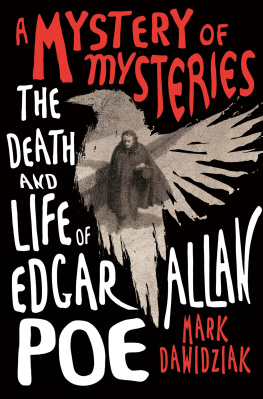


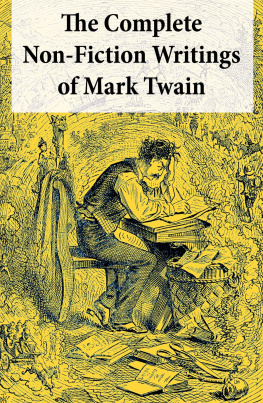
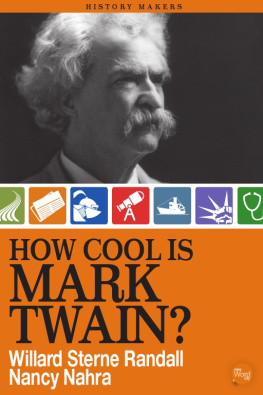


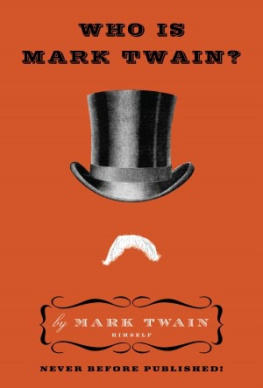
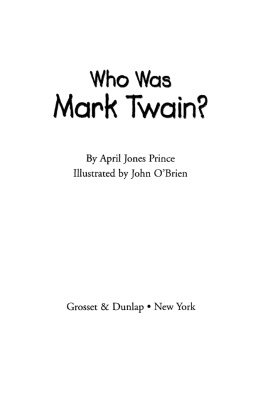

_2.jpg)
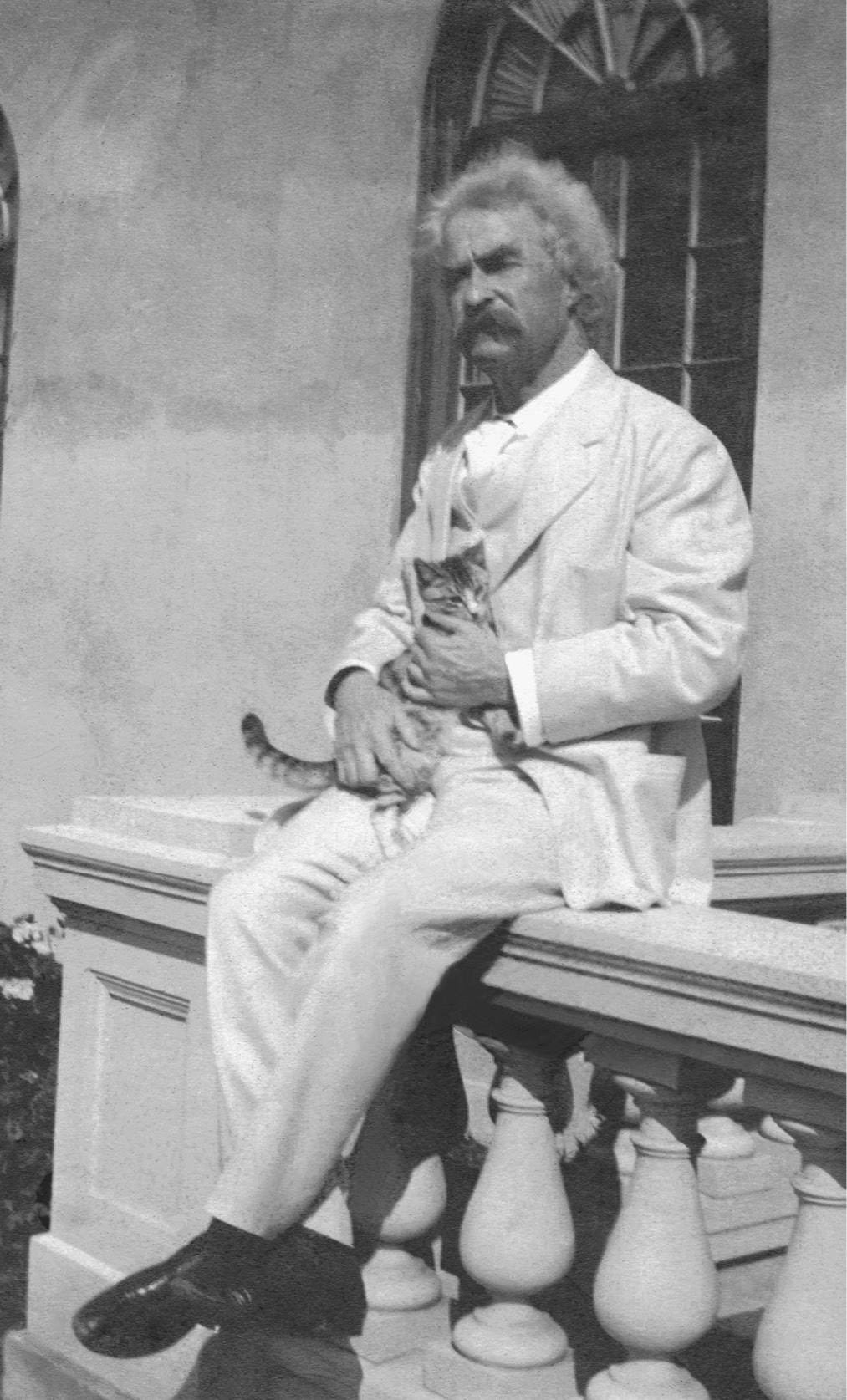


 The paper used in this publication meets the minimum requirements of American National Standard for Information SciencesPermanence of Paper for Printed Library Materials, ANSI/NISO Z39.48-1992.
The paper used in this publication meets the minimum requirements of American National Standard for Information SciencesPermanence of Paper for Printed Library Materials, ANSI/NISO Z39.48-1992.